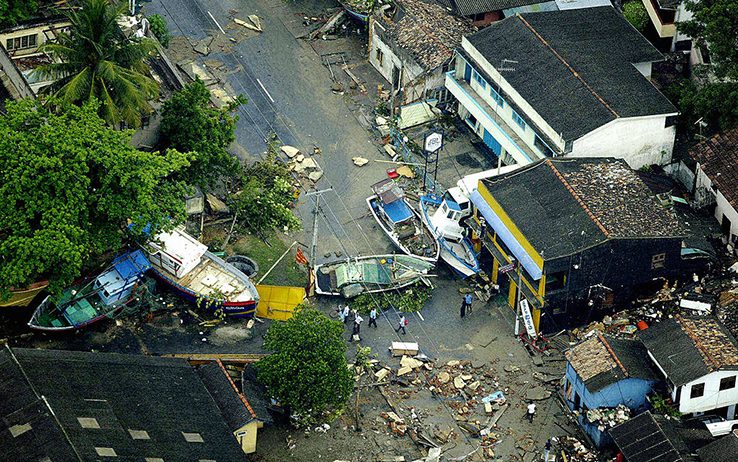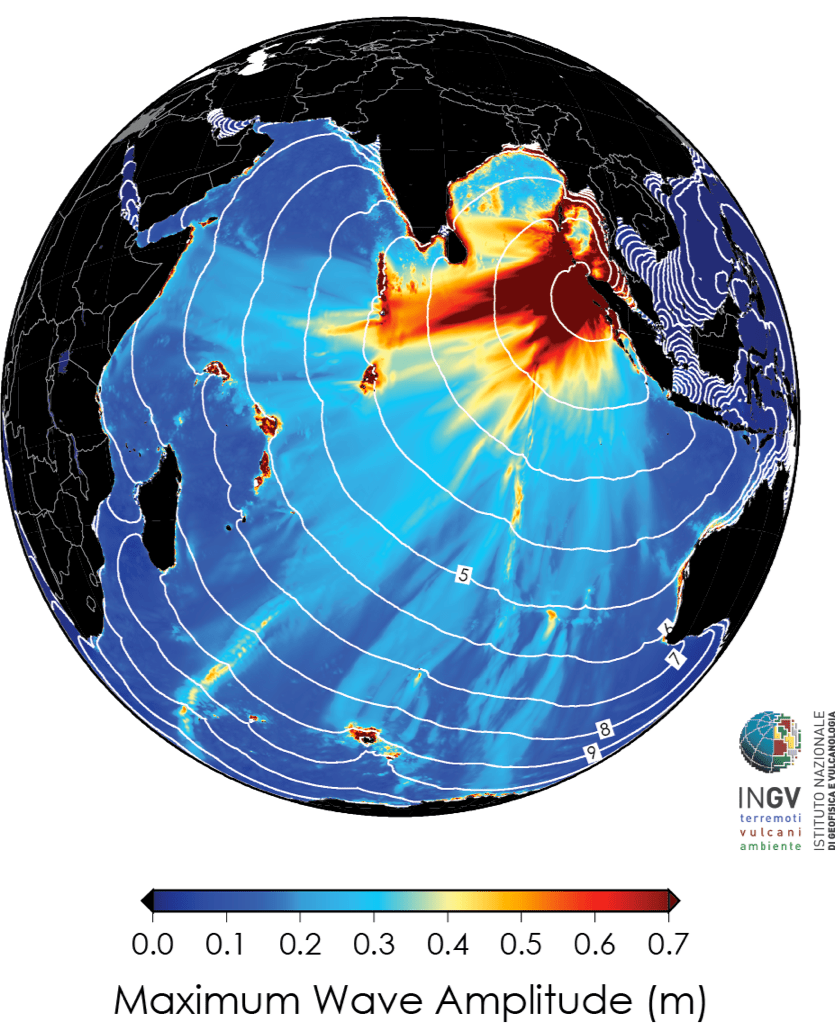Sixteen years ago, on December 26, 2004, at 6:58 a.m. (00:58 UTC), in the Banda Aceh region, Indonesia, one of the strongest earthquakes in the 21st century occurred: magnitude 9.2, generated by a fault more than 1000 km long.
Just 20 minutes after the quake, a catastrophic tsunami struck the Indonesian coasts, and in the following hours, those of the entire Indian Ocean causing victims and damage even thousands of miles away from the epicenter.
Approximately 230,000 people lost their lives and more than 22,000 people went missing.
The tsunami's effects, observed on an oceanic scale, highlighted two key aspects:
- the exponential growth in population density along the coast, leading to a significant increase in the exposure of communities to tsunami hazard
- the necessity to implement a regional early warning system for all ocean and sea basins at risk of tsunami.
The UNESCO, in addition to providing immediate support to the populations affected by the disaster, organized the first of a long series of international meetings, held in Paris in 2005, with the aim of improving knowledge of the phenomenon, improving the assessment of tsunami risk, increasing the efficiency of early warning systems and developing communication and education interventions for citizens and communities exposed in order to apply the necessary protection measures in case of need.
In the 2004 tsunami case, risk awareness of coastal populations in the Indian Ocean proved to be very poor, contributing to the disaster.
There were two examples, still being studied today, that showed how knowledge can save lives.
These are the cases of Tilly Smith, a 9 year old English girl, on holiday in Phuket, Thailand in 2004, who studied tsunamis in a geography lesson at school and, thanks to what she learned, on the morning of December 26th was able to save about 100 people on Maikhao Beach after she saw the sea withdraw for hundreds of meters and boil over. After her warning, people found protection on the upper floors of tourist facilities. Maikhao Beach was the only Thai beach affected by the tsunami in which there were no casualties.
The second significant example is that on Simeulue Island, located 60 km from the epicenter of the earthquake that generated the tsunami. Following a tsunami that hit the island in 1907, the inhabitants of the island composed a traditional song: "Smong's song", which clearly describes the behaviors to be adopted in case the precursor signals of a tsunami are observed. The song was handed down from generation to generation and became part of the popular tradition. Only 7 people out of 78,000 inhabitants lost their lives on that island.
In order to keep the warning systems efficient, periodic tests are necessary to verify the functioning of the technical equipment and the correctness of the procedures to be activated in case of tsunami.
The last exercise involving the NEAM area (NEAMWave17 , external link) was held in 2017. The next exercise involving all warning centre and Civil Protection agency in the NEAM area will be postponed (due to COVID) to March 9, 2021 (NEAMWave21).






